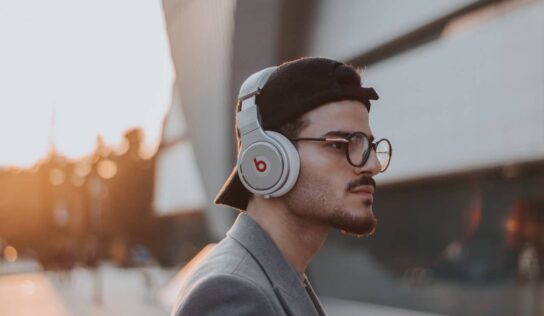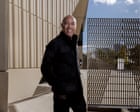The director wants London’s long-awaited institution to ignite creative passion in the Gen Z visitors it’s aimed at. As he unveils the building and its ‘unapologetically diverse’ contents, can he pull it off?
When Gus Casely-Hayford was a child, his sister Margaret took him to the British Museum. He hadn’t always enjoyed museums: “As much as I was attracted to them, they weren’t places I felt wholly welcome in,” he says – especially since they rarely told the stories of Black British people like him. But Margaret was determined. “She told me that these spaces belong to all of us. They may not tell our stories, but she would say to me ‘That’s something that you can change.’”
Now, as the director of V&A East, he’s building a space in which “young people can come in and have those transformative moments that change the trajectory of their lives”. These are grand ambitions for the project which lives on two sites in London’s Olympic Park: V&A Storehouse, which opened in May this year and has already exceeded its visitor target in a third of the projected time, and V&A East Museum, an exhibition and gallery space housed within a five-storey building designed by Irish architects O’Donnell & Tuomey on Stratford Waterfront. The aim, says V&A director Tristram Hunt, is “to open the V&A’s collection up in new ways to audiences which have historically been underserved by major cultural institutions”.



















